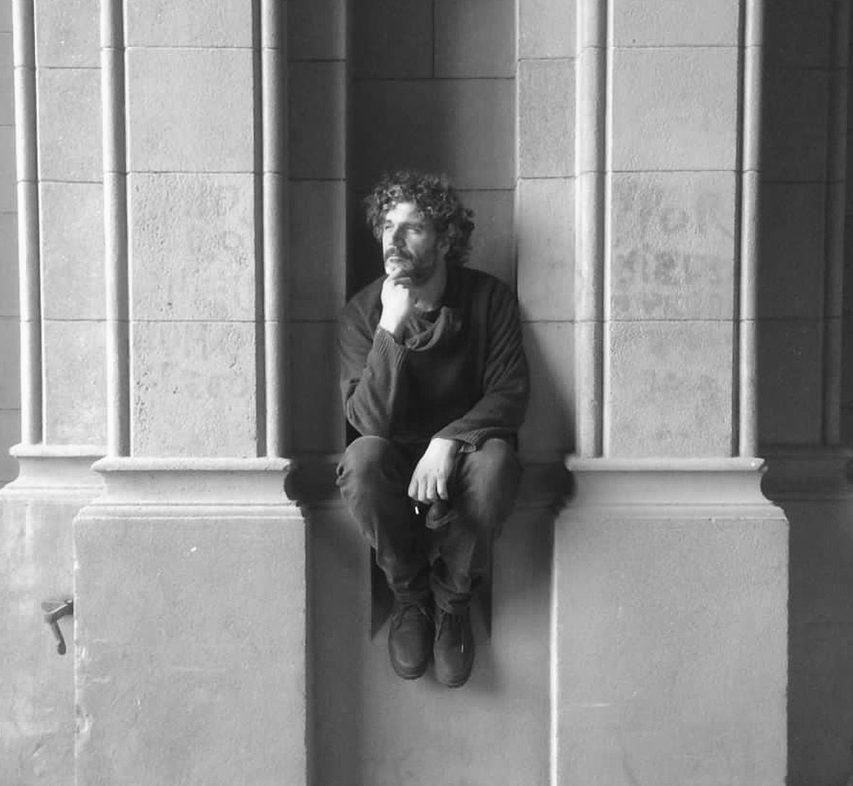Echoing the themes of my recent work, during this residency I propose to study the remains of the now-demolished Casa del Naranjo and investigate the controversy surrounding the expansion of the Museo de Arte Moderno, which occupies the site of the former building, of which only the foundations have been preserved.
I intend to directly engage with the archaeological site, the items that were recovered, and with the alternative projects that were proposed, in which the buildings coexisted. I will also interview those involved in the discovery and excavation, as well as members of the museum’s Conservation Department.
The fact that the Museo de Arte Moderno de Buenos Aires has been built upon the remains of one of the oldest buildings in the city evokes a multitude of relationships that I am interested in exploring. I would like to take some of the physical aspects of these superimposed buildings – the doors, windows, tiles, construction techniques – and, based on these, design a sculptural work that connects them and brings their archetypal symbolism to light. I intend to carve these elements out of wood from the fallen forest of Sierra de la Ventana, using robotic woodworking processes to create an altar-like ensemble.
As Jean Chevalier wrote in his Diccionario de los símbolos [Dictionary of Symbols] (Barcelona, Herder, 1995): ‘All the architectural lines, all the liturgical gestures, converge towards the altar. It reproduces in miniature the whole of the temple and the universe. It is the place where the sacred is most profoundly concentrated. It also brings together the symbolism of the centre of the world, the place and the moment at which a being becomes sacred through sacrifice.’ In the case chosen for my project, the demolition of the Casa del Naranjo gave way to the expansion of the Museo de Arte Moderno: a new building arose, like a temple on the site of sacrifice.
Perhaps the experience of contemplating the process – in which history, art and ideology converge – will foster a process that will provide a reflection of our experience in the face of change, transformation, and our own demise.
My ultimate goal is to be able to present, during 2025, the resulting sculptural work at the site of the ruin and in collaboration with the Museographic and Exhibition Production departments of the Museum. (During 2025).

Juan Rey born in Buenos Aires in 1978.
Juan Rey is an artist, carpenter, and teacher. He studied teaching at the Escuela Nacional de Bellas Artes Rogelio Yrurtia and graduated with a degree in teaching from the Escuela Nacional de Arte Prilidiano Pueyrredón.
He is a recipient of the Fondo Nacional de las Artes grant, including funds for creation. He participated in the Laboratorio de Producción del MediaLab [MediaLab Production Laboratory] at the Centro Cultural de España in Buenos Aires, and in the ‘Interactivos’ [‘Interactives’] programme of the Fundación Telefónica of Argentina.
In 2013, he was awarded the Grand Acquisition Prize at the 102nd Salón Nacional de Artes Visuales [National Visual Arts Salon], in the category of ‘New Supports and Installations’.
His work was shown at the Quinta Convocatoria Abierta de Proyectos Expositivos [Fifth Open Call for Exhibition Projects] of the Espacio de Arte Contemporáneo in Montevideo, Uruguay, and at the Bienal Nacional de Bahía Blanca 2015.
Awards include the Audience Award at the XXIII Stuttgarter Filmwinter Festival, Stuttgart, Germany, for his project Automatic Moving Company; the 2nd Prize at the XIII Biennale of Contemporary Sacred Art (2023); and the ArtHaus Prize in the category of ‘Object’, at the second edition of the ArtHaus Awards (2024).
He is currently a participant in the “Presente Continuo” [‘Present Continuous’] training programme.
He has participated in numerous competitions, salons, grants, and exhibitions in Argentina and abroad.
He lives and works in Villa Ventana, in the south of the province of Buenos Aires.